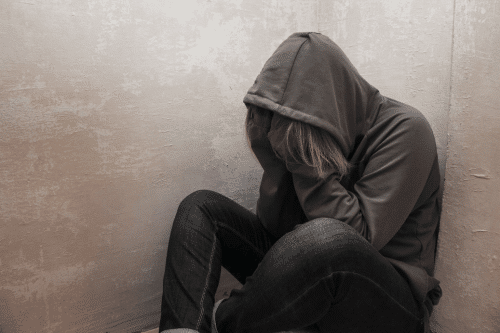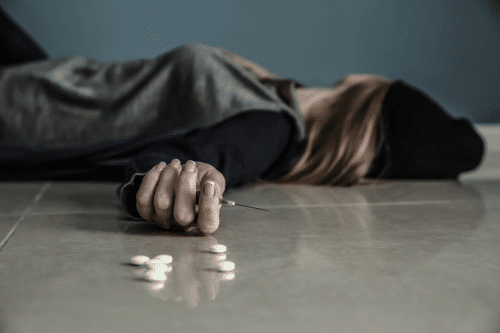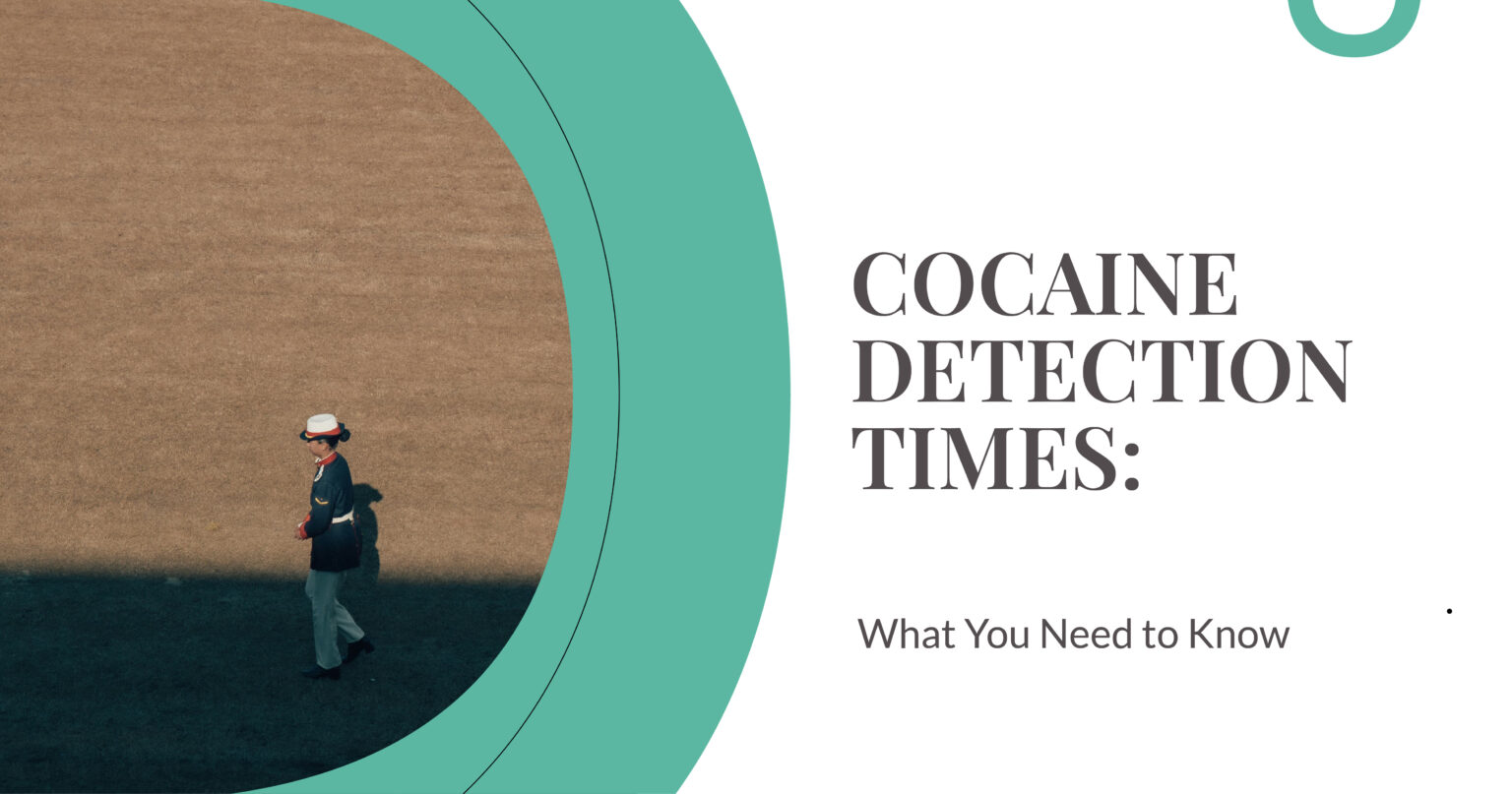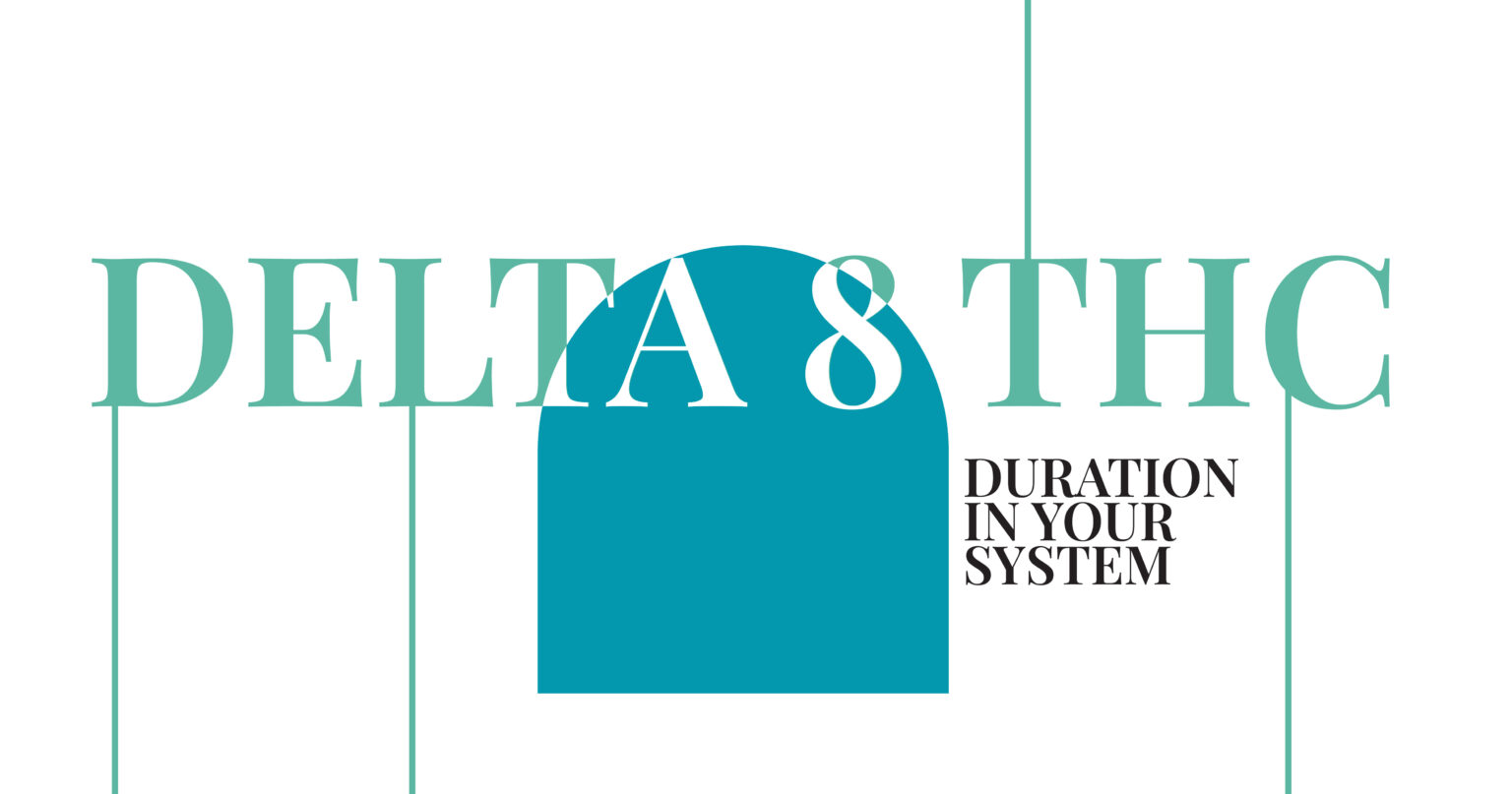Dopesick Defined: Understanding the Term Every Addict Recognizes
For individuals grappling with the challenges of opioid addiction, the term “dope sick” holds a deeply resonant meaning. It refers to the distressing and often debilitating symptoms that individuals experience during the withdrawal phase from opioids. These symptoms can manifest in many ways and encompass both physical and psychological aspects, arising as a direct consequence of the body’s dependency on these powerful substances. Gaining a comprehensive understanding of dope sickness, including its common symptoms and the available treatment options, is essential for anyone embarking on the difficult journey of recovery.
What Does “Dopesick” Mean?
“Dopesick” is a term that describes the severe and distressing symptoms that occur during the withdrawal process from opioid substances. This condition is primarily characterized by a range of flu-like symptoms, difficulties with sleep, and significant psychological distress. These withdrawal symptoms manifest when the body experiences intense cravings for opioids after developing a dependency, which often occurs as a result of extended periods of substance use disorders.
The Rise of the Term “Dopesick”

The term gained significant attention as the Opioid Epidemic escalated, transforming into a formidable public health emergency. It made its way into mainstream conversation through various documentaries, the acclaimed Hulu series Dopesick, as well as the tireless efforts of influential figures like Rick Mountcastle and Randy Ramseyer. These individuals were instrumental in exposing the pivotal role that pharmaceutical companies, particularly Purdue Pharma, played in inflating the crisis. Their dedicated efforts highlighted in detail how misleading promotional videos and deceptive marketing tactics employed by drug companies greatly contributed to the Heroin Epidemic and the alarming increase in addiction rates.
Symptoms of Being Dopesick
Physical Symptoms
Runny nose, chills, and fever
Vomiting, diarrhea, and intense sweating
Muscle and joint pain
Sleep disturbances and restlessness
Flu-like symptoms that mimic severe illnesses
Psychological Symptoms
Intense emotional distress and irritability
Cravings for opioids
Mental health issues like anxiety and depression
Feelings of hopelessness and guilt
Understanding Opioid Withdrawal

Opioid withdrawal symptoms are part of the body’s reaction to the absence of drugs. These distressing symptoms are most severe for individuals using synthetic opioids like fentanyl, which are potent and highly addictive.
The Role of Synthetic Opioids
The Impact of Fentanyl
Fentanyl, along with various other illicit drugs, has been shown to greatly magnify the severity of withdrawal symptoms experienced by users. As fentanyl is considered to be 50 to 100 times stronger than morphine, it not only speeds up the onset of addiction but also exacerbates the withdrawal experience, making it considerably more challenging for individuals trying to recover from dependency.
Other Synthetic Variants
Substances such as carfentanil, tramadol, and various non-prescription opioids additionally play a significant role in exacerbating the ongoing epidemic of opioid use disorder.
Timeline of Opioid Withdrawal
Initial Stages
Symptoms begin within 6–12 hours after the last dose. Early sick symptoms include runny nose, yawning, and mild psychological distress.
Peak Symptoms
Withdrawal symptoms peak within 48–72 hours. During this stage, individuals experience the most severe physical symptoms and emotional distress.
Duration of Withdrawal
The withdrawal process lasts about a week, but lingering mental health issues like depression and anxiety may persist for months.
Coping Strategies During Withdrawal

Self-care Techniques
Making sure to maintain proper hydration levels and a well-balanced nutritional intake is essential. Participating in light physical activities can help ease any discomfort that may arise. Additionally, utilizing relaxation techniques, including practices like art therapy, can be beneficial for reducing stress and promoting mental well-being.
Supportive Environment
A nurturing and supportive environment, which includes the presence of addiction specialists, healthcare professionals, and caring family members, plays a crucial role in helping individuals effectively cope with the challenging withdrawal process.
Treatment Options for Dopesickness
Medication-Assisted Treatment (MAT)
Medication-assisted treatment, which typically includes Suboxone therapy and comprehensive medical detoxification, plays a crucial role in helping individuals manage the challenging symptoms associated with opioid withdrawal. This approach significantly reduces cravings for opioids and helps in preventing potential relapse into addiction, ultimately providing a much safer and more effective detoxification process for those seeking recovery.
Behavioral Therapy
Various counseling options, including Cognitive-Behavioral Therapy (CBT), Family Therapy, and Art Therapy, are specifically designed to address the underlying psychological and emotional issues that contribute to the cycle of addiction. By focusing on these root causes, these therapeutic approaches facilitate a deeper understanding of personal challenges and promote lasting recovery from addiction over the long term.
Mental Health Services
Organizations such as the Mental Health Services Administration play a vital role by providing access to comprehensive addiction treatment services and care that address co-occurring mental health issues.
Risks and Dangers of Dopesickness
Risk of Overdose
After a period of abstinence, tolerance decreases, increasing the risk of overdose. This phenomenon has contributed to the surge in drug overdose deaths.
Long-term Health Consequences
Chronic drug abuse and withdrawal can lead to heart damage, liver disease, and cognitive impairments.
Challenges in Recovery
Psychological Barriers
Feelings of shame, significant psychological distress, and unresolved trauma can create substantial barriers to successful recovery.
Social Stigma
The social stigma surrounding drug addiction and substance use disorders often discourages many individuals from pursuing the help they desperately need.
Importance of Professional Treatment
Seeking care from qualified healthcare professionals and experienced addiction specialists greatly improves recovery outcomes by effectively addressing the underlying issues that contribute to addiction.
Resources for Help and Support
Hotlines and Helplines
Hotlines and Helplines:
For immediate assistance, you can reach the SAMHSA National Helpline at 1-800-662-HELP (4357). Additionally, for those in crisis, the National Suicide Prevention Lifeline is available at 988, providing vital support when you need it most.
Treatment Centers and Programs
Facilities such as Opus Treatment, located in Orange County, provide a range of comprehensive addiction recovery programs. These include both Medication-assisted treatment and various forms of behavioral therapy designed to support individuals on their path to recovery.
Conclusion: The Journey Towards Recovery
Dope sickness represents a particularly difficult and daunting experience for individuals, but it’s essential to recognize that recovery is indeed possible when one has the proper support and resources. Actively seeking professional treatment from qualified healthcare providers and becoming a part of the addiction recovery community can significantly assist individuals in breaking the cycle of addiction. Opus Treatment offers invaluable insights, dedicated care, and support for those who are prepared to face their addiction head-on and reclaim control over their lives. It is crucial to take the first step—reach out today to embark on your transformative journey toward healing and recovery.
FAQ's
“Dopesick” refers to the severe withdrawal symptoms experienced by individuals dependent on opioids when they stop using them or reduce their dose. These symptoms can include physical discomfort such as muscle pain, vomiting, and sweating, as well as psychological effects like anxiety, depression, and intense cravings for opioids. The term highlights the significant challenges faced during the withdrawal process.
Common symptoms of being dopesick include:
- Physical symptoms: Runny nose, chills, muscle aches, vomiting, diarrhea, and flu-like feelings.
- Psychological symptoms: Anxiety, depression, irritability, and difficulty concentrating.
- Many individuals also experience intense cravings for opioids, making recovery even more challenging. Symptoms can vary depending on the type and duration of opioid use.
The duration of dopesickness depends on factors such as the type of opioid used, the length of use, and the individual’s overall health.
- Initial symptoms typically start 6–12 hours after the last dose.
- Peak symptoms occur around 48–72 hours, when physical and emotional discomfort is most severe.
- Withdrawal symptoms usually subside within a week, but psychological effects like anxiety and depression may persist for weeks or months.
Treatment for dopesickness often involves Medication-Assisted Treatment (MAT), which uses medications like Suboxone or methadone to reduce withdrawal symptoms and cravings. Behavioral therapies such as Cognitive-Behavioral Therapy (CBT) and support groups like Narcotics Anonymous provide emotional and mental health support. For severe cases, a medical detox under the care of addiction specialists ensures safety and comfort during the withdrawal process. Seeking professional help is critical for managing dopesickness effectively.




